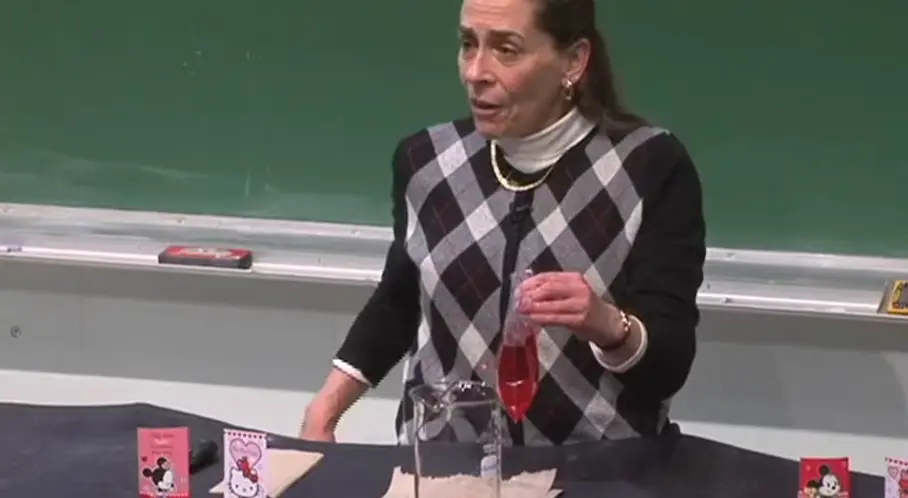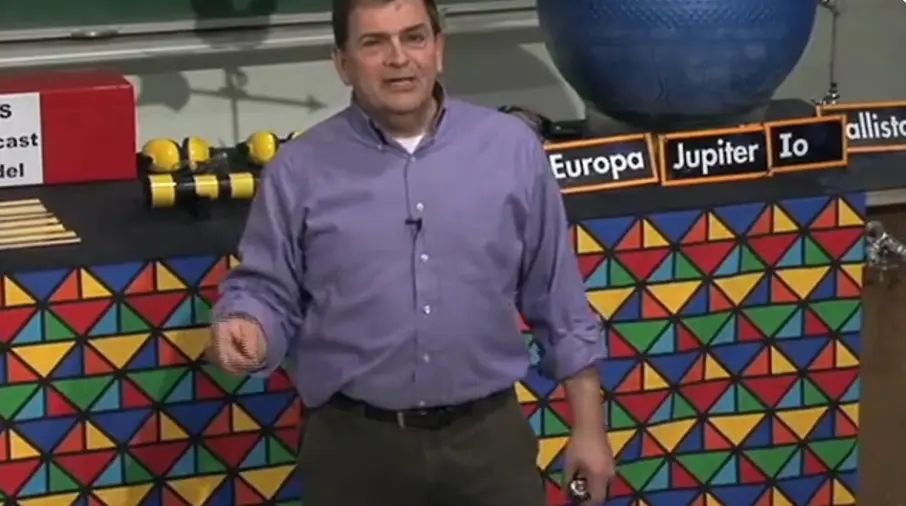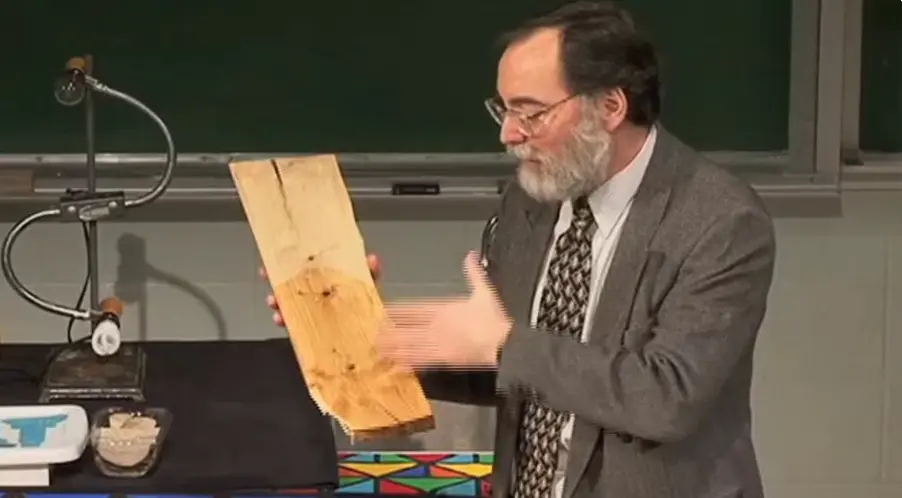Matters of the Heart: Cells and Cardiovascular Disease
Biologist Julie Oliver explains the inner workings of our heart and circulatory system in “Matters of the Heart: Cell and Cardiovascular Disease.” With audience participation, Oliver will unravel how blood cells called platelets function at the site of an injury …


